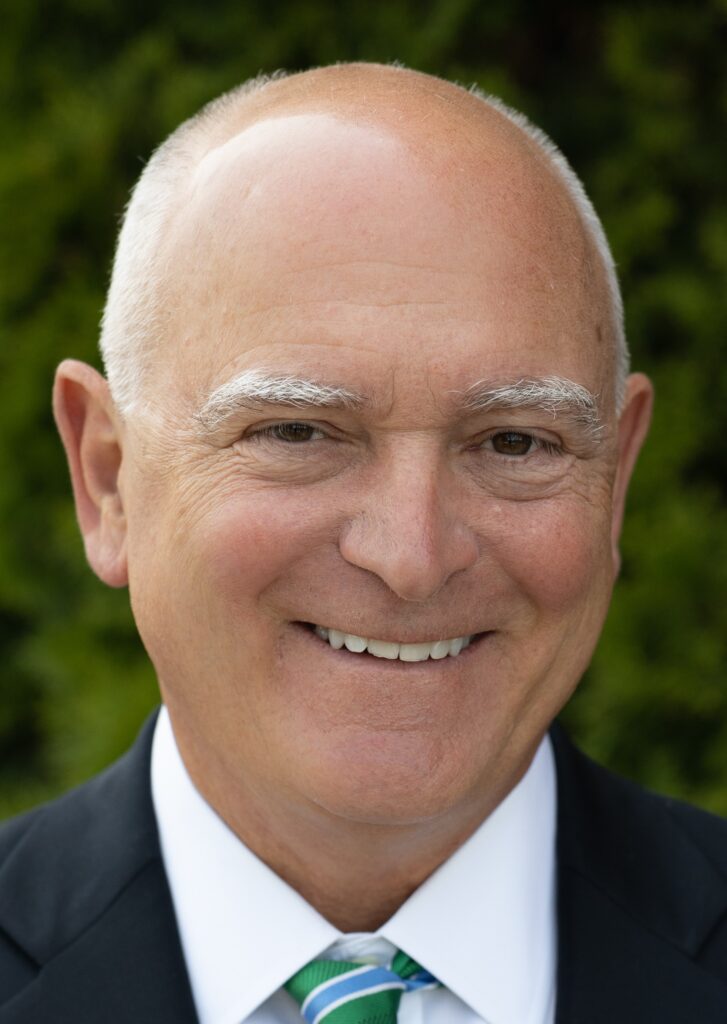
Open Letter to Scott O’Neal, Actuary, NAIC
'In the 12 years since [the problem of financial reinsurance was identified], insurance regulators have done little other than allow this situation to now mushroom,' writes Rybka, a prominent figure in annuities and insurance, in his open letter to the NAIC actuary. (See related open letter by Peter Gould.)


